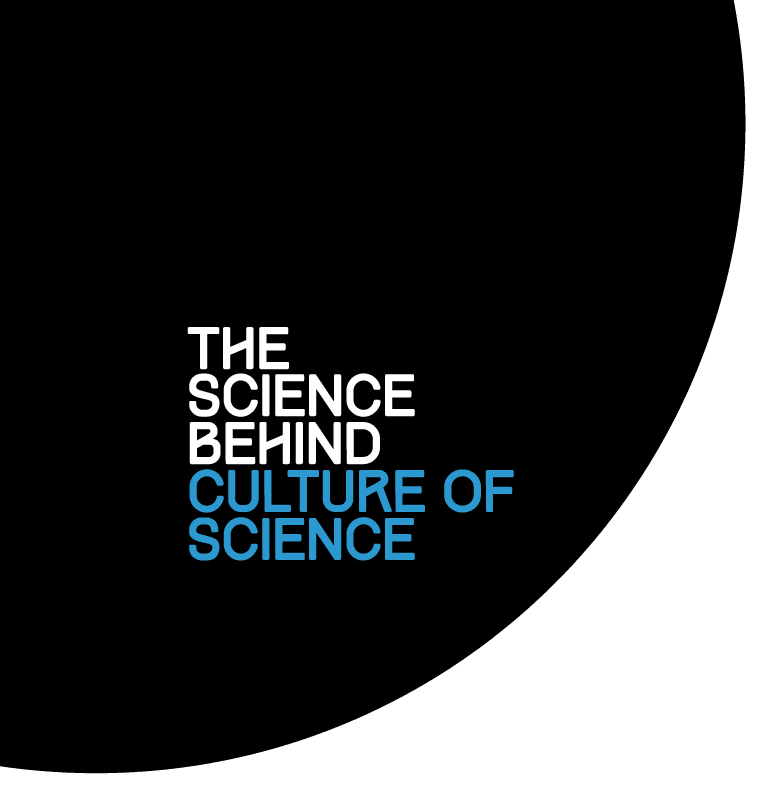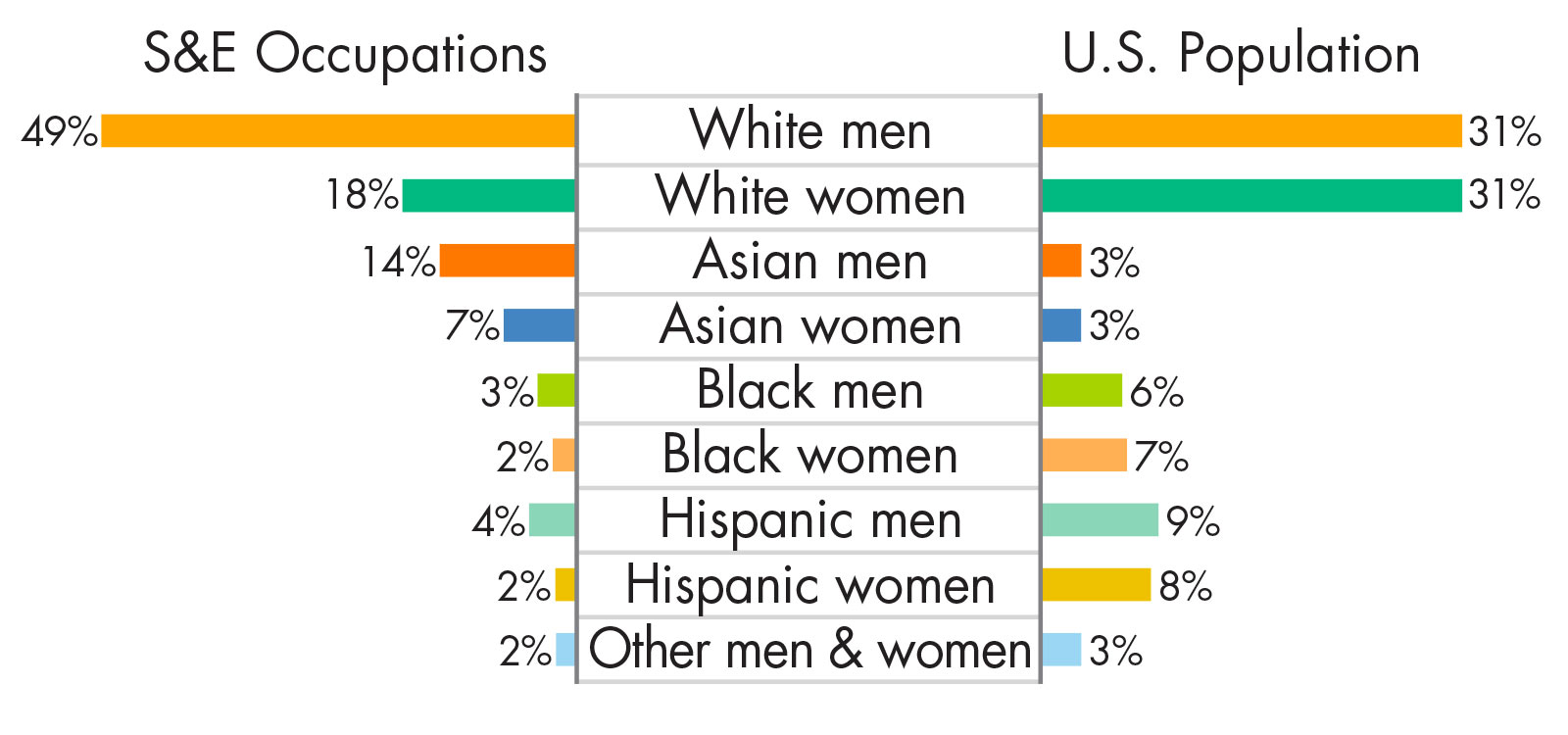Yes. Women already show their proficiency with scientific content in fields like biology and medicine. They make up 50% or more of graduates with degrees in biology and in 2018 more women than men entered medical schools. Test scores and grades in math and science in elementary school and high school don’t explain why so many more men than women pursue degrees in physics, engineering, and computer science. In fact, women generally earn higher grades than men in math and science in high school.
Big changes, over a very short period of time, in the number of women relative to men earning the highest test scores on standardized math tests can’t be explained by biological differences between men and women. For example, in mathematics, although the male to female ratio in very high performers was about 12 to 1 in the 1970s, it had decreased to 3 to 1 by 2005. This drop obviously can’t be explained by biological factors. It suggests that social and cultural changes in the education of women and men have influenced test scores.
International comparisons also make clear the importance of cultural values. For example, girls in Taiwan and Japan dramatically outscore U.S. boys in mathematics, a finding that supports the idea that cultural values attached to mathematics can strongly affect performance.
Credit
By goodluz/Shutterstock















